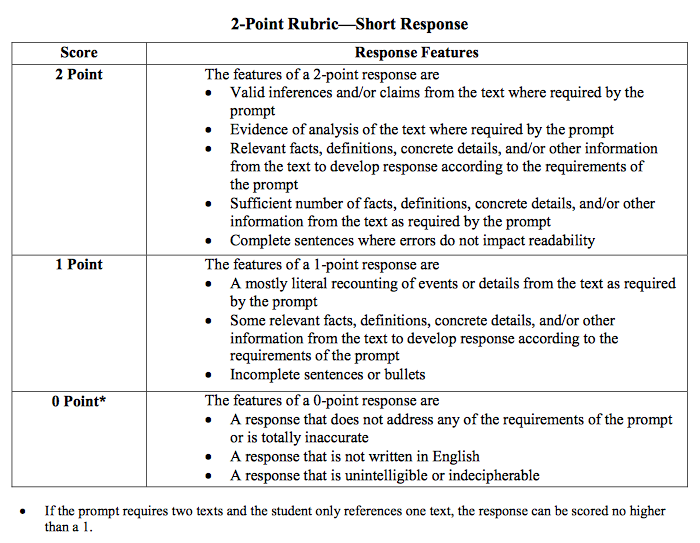This month, our read aloud unit will be renamed, Interpretive Literacy.
Through the use of complex texts, students will work in small groups with a
teacher to practice the skills necessary to understand these challenging texts.
This unit will focus on The Human Impact on Animals. This unit will
incorporate skills and concepts covered across multiple subjects including;
social studies, science, reading as well as mathematics through the use of
complex texts.
What are complex texts?
Complex texts are literary and informational texts that include literary
techniques that require a certain skill set in order for comprehension. Many of
these texts are Non-Fiction, a genre that students aren’t as familiar or
comfortable with as they are with fiction-genre texts.
Here is a list of the complex texts we will cover throughout this unit.
Keep in mind that we will be spending multiple days on each text.
1)
“Animals in Crisis… Are People to Blame”
2)
“People Can Sicken Animals” by Amanda Leigh Mascarelli
3)
“Polar Bears in Danger”
4)
“Gorillas in Danger”
Students will learn to read a complex texts and identify difficulties.
Some of which include:
· Unknown words or phrases
· Long, hard sentences
· Figuring out who is telling the story or who wrote the text
· Weird, short sentences
· Weird punctuation in a sentence- hyphens or dashes
· Abbreviations
· Complex sentences that list 3 or more items with commas
· Identifying cause and effect
· Understanding the main idea of a poem
· Figurative language: similes, metaphors
Students will practice these skills during the read aloud period with the
teacher. Students will also be provided with a strategy chart, with examples
included. This will allow them to apply these strategies to other texts.
Through this unit teachers will also review the proper way to answer short
response questions using details from the text. Your child will be expected to
follow these guidelines to answer short response questions in class and for
homework as well.
Below is the short response rubric we will utilize to assess the short
responses from each text. This is the same rubric that the state will use when
scoring the student’s test. Students have interpreted the rubric to make sense
of it They each have a copy of the state rubric as well as the interpreted
rubric.




